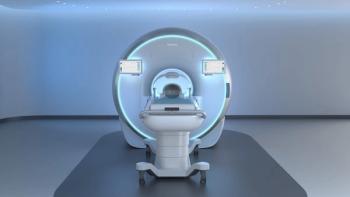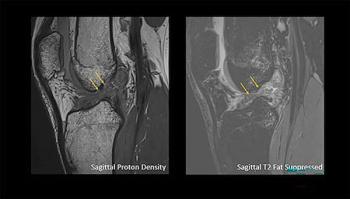
Demand for MR scanners slumps in 2007
Despite expanding clinical applications driven by functional and breast imaging, MR scanners are stuck in a sales doldrums.
Despite expanding clinical applications driven by functional and breast imaging, MR scanners are stuck in a sales doldrums.
Vendors last year sold about 850 new units to customers in the U.S., about 7% less than the year before. Their sale produced $1.3 billion in revenue, about 4% less than in 2006.
Sales turned up in the fourth quarter last year, according to GE Healthcare, a trend that the company, which dominates U.S. sales of MR scanners, said appears to be continuing. GE execs and some others in the industry are optimistic that this year will be better than last - but only fractionally so. Lingering reimbursement shortfalls, particularly in the outpatient sector, and macroeconomic fears of a recession have damped interest in buying new systems.
The situation may be worse, however, than some suspect. A Toshiba exec believes vendors may have pushed up delivery dates late last year, diminishing their backlogs to shore up year-end results.
Regardless of the reasons, the industry's workhorse 1.5T systems last year accounted for more than 70% of the revenue obtained from new unit sales in the U.S. The 630 such units reported by industry sources as being shipped to U.S. sites was virtually the same number sold in 2006, producing flat revenue year over year.
Demand for 3T edged up slightly last year, accounting for about $270 million in sales, an increase of about 4% over 2006. There is general consensus that demand for these systems will continue unabated in the months ahead.
Open systems were the Achilles' heel of the MR market last year. Sales reported by the big four vendors and Hitachi indicate a nearly 50% drop in demand for this once very popular type of product. Open MR sales reached just $65 million in 2007 compared to about $120 million the year before.
Newsletter
Stay at the forefront of radiology with the Diagnostic Imaging newsletter, delivering the latest news, clinical insights, and imaging advancements for today’s radiologists.




























